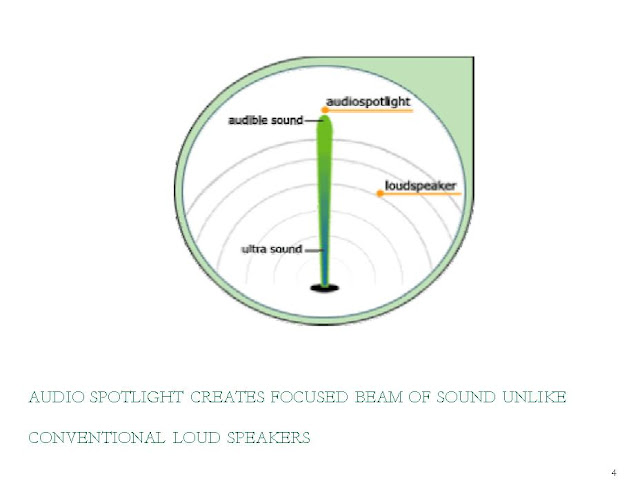Filters
1.1 Introduction
The function of a filter is to remove unwanted parts of the signal (such as random noise) or to extract useful parts of the signal (such as the components lying within a certain frequency range). There are two main kinds of filter: analog and digital. They are quite different in their physical makeup and in how they work. An analog filter uses analog electronic circuits made up from components such as resistors, capacitors and op-amps to produce the required filtering effect, whereas a digital filter uses a digital processor to perform numerical calculations on sampled values of the signal. The processor may be a general-purpose computer such as a PC, or a specialized DSP (Digital Signal Processor) chip. Microwave filters represent a class of electronic filter, designed to operate on signals in the megahertz to gigahertz frequency ranges (medium frequency to extremely high frequency). This frequency range is the range used by most broadcast radio, television, wireless communication (cell phones, Wi-Fi, etc...), and thus most microwave devices will include some kind of filtering on the signals transmitted or received. Such filters are commonly used as building blocks for duplexers and diplexers to combine or separate multiple frequency bands. The filters could be categorized in the following form as low pass, high pass and band pass or band stop filters.
1.1.1 Filter Types
A band-pass filter is a device that passes frequencies within a certain range and rejects (attenuates) frequencies outside that range. An ideal bandpass filter would have a completely flat passband (e.g. with no gain/attenuation throughout) and would completely attenuate all frequencies outside the passband. Additionally, the transition out of the passband would be instantaneous in frequency. In practice, no bandpass filter is ideal. The filter does not attenuate all frequencies outside the desired frequency range completely; in particular, there is a region just outside the intended passband where frequencies are attenuated, but not rejected. This is known as the filter roll-off, and it is usually expressed in dB of attenuation per octave or decade of frequency. Generally, the design of a filter seeks to make the roll-off as narrow as possible, thus allowing the filter to perform as close as possible to its intended design. Often, this is achieved at the expense of pass-band or stop-band ripple.
 |
| Ideal Bandpass Filter |
 |
| Bandwidth measured at half-power points (gain -3 dB, √2/2, or about 0.707 relative to peak) showing magnitude transfer function versus frequency for a band-pass filter A band-stop filter or band-rejection filter is a filter that passes most frequencies unaltered, but attenuates those in a specific range to very low levels. A generic ideal band-stop filter, showing both positive and negative angular frequencies A low-pass filter is a filter that passes low-frequency signals but attenuates (reduces the amplitude of) signals with frequencies higher than the cutoff frequency. Ideal low-pass filter. A high-pass filter is a filter that passes high frequencies well but attenuates (i.e., reduces the amplitude of) frequencies lower than the cutoff frequency. Ideal High pass filter The most common filter responses are the Butterworth, Chebyshev, and Bessel types. Many other types are available, but 90% of all applications can be solved with one of these three. Butterworth ensures a flat response in the passband and an adequate rate of rolloff. A good "all rounder," the Butterworth filter is simple to understand and suitable for applications such as audio processing. The Chebyshev gives a much steeper rolloff, but passband ripple makes it unsuitable for audio systems. It is superior for applications in which the passband includes only one frequency of interest (e.g., the derivation of a sine wave from a square wave, by filtering out the harmonics). The Bessel filter gives a constant propagation delay across the input frequency spectrum. Therefore, applying a square wave (consisting of a fundamental and many harmonics) to the input of a Bessel filter yields an output square wave with no overshoot (all the frequencies are delayed by the same amount). Other filters delay the harmonics by different amounts, resulting in an overshoot on the output waveform. One other popular filter, the elliptical type, is a much more complicated filter that will not be discussed in this text. Similar to the Chebyshev response, it has ripple in the passband and severe rolloff at the expense of ripple in the stopband. |





Comments